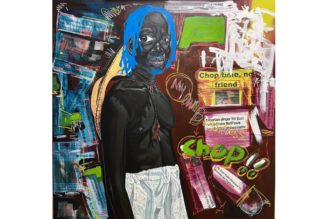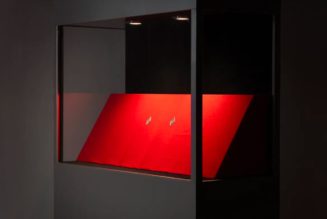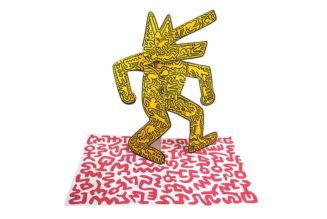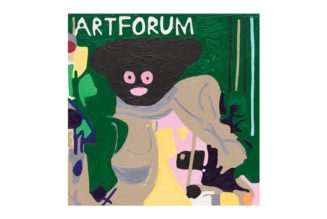
Ken Burns has stepped out of his usual Americana-focused content to produce a new documentary covering the life of Leonardo da Vinci. It’s the first time the 15-time Emmy Award-winning filmmaker has covered a topic outside U.S. discourse, such as his detailed accounts on Jazz (2001), the American Civil War (1990) and Hemingway (2021), which have inextricably become textbook material in their own right — opting to instead add a humanist view on one of the most creative visionaries in history. Streaming now on PBS, the two-part documentary on the Italian polymath was created in collaboration with Burns’ daughter Sarah and her husband David McMahon.
Painter, cartographer, sculptor, engineer, architect, scientist — da Vinci’s boundless curiosity could not be contained within one discipline, which Burns and his collaborators explore to recount his constant thirst for knowledge, particularly on objects, ideas and phenomena that “had no meaning in his lifetime,” Ken explained in an interview.
“He figured out how the human heart worked. He built a model based on ox hearts and human dissections. Because of him, there were no longer two chambers of the heart like the Greek physician Galen had sent down 1,300 years before. There are four, and he knew how the valves worked. He had no purpose for that knowledge. No one was doing heart surgery. The idea of cardiology didn’t exist yet. But he knew about these things without a microscope or telescope centuries before we knew them. I love that.”
The documentary is anchored partly around da Vinci’s endless journal entries, where he mused on everything from the Earth’s gravitational pull, the anatomical underpinnings of the animal kingdom to a detailed survey into the process of how he created some of the most memorable paintings in existence, including the Mona Lisa (1503) and The Last Supper (1495–1498).
“Of all the historical characters I have ever gotten involved with, he would be the least disturbed to be dropped into the present,” Burns told Variety. “He would be curious how we figured out this or that. He would see we went to the moon and ask, ‘How did you handle the gravity thing?’”
Spanning four hours and narrated by Keith David, Leonardo da Vinci available to stream via PBS.









